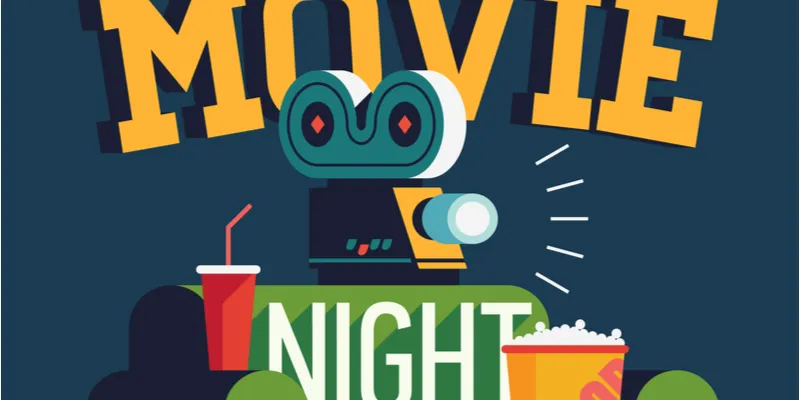New trends: Decoding India’s changing entertainment industry and the new-age viewer
The OTT platforms have been a disruptive force in the entertainment world and have generated new trends that have changed the way Indian viewers consume content and what they prefer. Here are some of the new trends in viewer preferences.
India is a country of 1.33 billion people and an entertainment industry worth $ 12 bn. On an average, the country produces more than 2,000 films and a plethora of television shows and series in over 20 languages each year, making a large content producing country in the world.
Apart from these mind-boggling statistics, India also has a unique consumer market that is fuelled by a younger demographic armed with greater access to the Internet and mobile devices, and an unquenchable thirst for diverse entertainment.
Over the past few years, India’s entertainment and music industry has been witnessing a paradigm shift; with OTT platforms rapidly multiplying in the market, traditional cable TV operators, and film and music producers have been facing stiff competition to produce original and idea-driven content rather than formulaic cookie-cutter entertainment.

The OTT platforms have changed the way we view entertainment
The pandemic has further accentuated this change; with an increasing number of consumers being home-bound, consumption of content on OTT platforms has risen exponentially.
Terms like binge-watching and virtual viewing parties have now become a part of regular vocabulary and consumers are constantly looking for new and unique TV shows, films, and music that traverse the borders of country, language, and culture.
In a recent survey conducted by The Economic Times, 55% of Indian viewers prefer OTT platforms while strong majorities of 41% still prefer the traditional medium.
This proves that India is still a market divided by demographics, wherein the older generation will hold on to traditional services. However, with the evolving tastes it certain that OTT platforms have been a disruptive force in the entertainment world and they have generated new trends that have changed the way Indian viewers consume content and what they prefer.

Viewers can enjoy movies on multiple devices
The mighty power of the viewer/listener
The pandemic-induced lockdown has left more power in the hands of the average Indian viewer whose consumption patterns are driven by convenience viewing and the want for newer content.

The music industry is inundated with new talent
Viewers today have more power than ever before to dictate the kind of content that is generated. With accurate viewership stats for shows and the increased role of social media buzz around new shows, films, and music, content producers cannot ignore consumer preferences, and their likes and dislikes.
On one hand, consumers today are attuned to recognising quality in content, but on the other hand, they are also saturated with overcrowded streaming platform services, hence, if the content is not original and idea-driven, it runs the risk of being swiftly ignored.
Beyond language barriers
There is a major shift in language sensibilities among viewers today. Driven by the need for more diverse content, an increasing number of viewers and listeners are open to consuming content that may not be in just English or Hindi.
A clear example of this language barrier breaking down can be seen with the kind of music used in web series and OTT platform shows where there is an increased receptivity and acceptance towards multilingual music.
Independent music—whether it is folk tunes in Punjabi or songs in Malayalam— is receiving its due to this shift in listening sensibilities and this has led to streaming platforms pushing more indie artists and non-film music onto their platforms.
The web screen is the new silver screen
Two decades ago, a film or a music album release in India was a star-studded affair dominated by a select few production houses and music distribution companies. While this still happens, OTT platforms have carved out significant power for themselves and now, it is not uncommon for big-ticket shows, songs, and movies to launch on streaming platforms.

Movie nights are spent at home with entertainment from OTT platforms
This has also given rise to a whole new crop of young acting and music talent, classic examples of such artists would be Jass Manak, Diljit Dosanjh, Gajendra Verma who were provided with a launchpad for their music on streaming apps.
Viewers today have broadened their spectrum of entertainment and are more willing to sample diverse content. This openness has led to scores of opportunities for first time series and music creators who wish to showcase their talent in a more egalitarian and new-age market.
(Images credit: Shutterstock)
Edited by Asha Chowdary
(Disclaimer: The views and opinions expressed in this article are those of the author and do not necessarily reflect the views of YourStory.)









